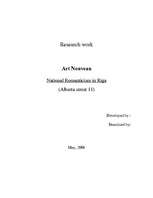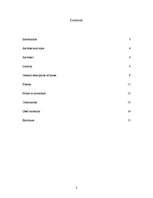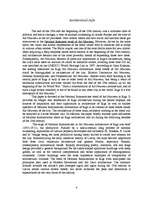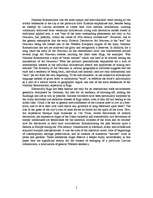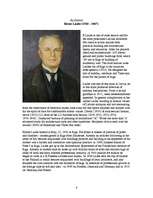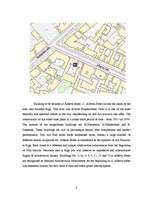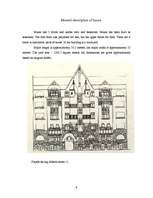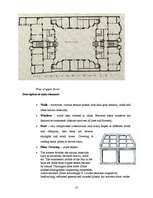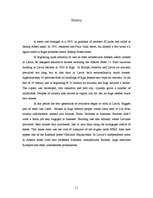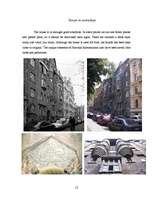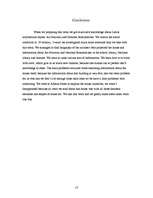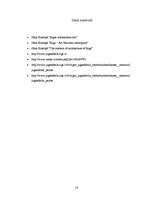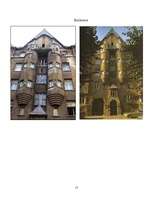-
Art Nouveau. National Romanticism in Riga
| Nr. | Sadaļas nosaukums | Lpp. |
| Introduction | 3 | |
| Architectural style | 4 | |
| Architect | 6 | |
| Locality | 8 | |
| General description of house | 9 | |
| History | 11 | |
| House in nowadays | 12 | |
| Conclusions | 13 | |
| Used materials | 14 | |
| Enclosure | 15 |
The end of the 19th and the beginning of the 20th century was a turbulent time of political and social changes, a time of national awakening all across Europe and the time of Art Nouveau in the art processes. New artistic ideals and new social and national ideas got interwoven in the National Romantic trend of Art Nouveau. However, driven by the same spirit, the visual and artistic expressions of the trend varied both in character and in scope in various urban centres. The Baltic region was one of the most fertile areas for new artistic ideas acquiring a deep response inside entire society at the beginning of the 20th century, and architecture became one of the most powerful means of expressing those new ideas. Subsequently, Art Nouveau became of particular importance in Riga's architecture, being the city's main asset on account of which its historical centre, covering more than 420 ha, was inscribed on the UNESCO World Heritage List in 1997. According to Janis Krastins, the leading researcher on Riga Art Nouveau architecture, three trends of Art Nouveau could be distinguished in architecture of the city: Eclectic Decorative Art Nouveau, National Romanticism, and Perpendicular Art Nouveau. Almost every third building in the central parts of Riga is built in one or other trend of Art Nouveau, this being a result of enormous construction activities carried out from the end of the 19th century up till the beginning of the 1st World War. “Such a concentration of Art Nouveau architecture, and of such a high artistic standard, is not to be found in any other city in the world. Riga is a true metropolis of Art Nouveau.”
This paper is devoted to the National Romanticism trend of Art Nouveau in Riga. It provides an insight into tendencies of Riga architecture during the period displays the sources of inspiration and their application in architecture of Riga as well as studies specifics of National Romanticism architecture of Riga in its context of other trends inside Art Nouveau of the city.…
Darbā stāstīts par vienu no Jūgendstila ēkām Rīgā, kas atrodas Alberta iela 11. Darbā ēka aprakstīta galvenokārt no arhitektūras viedokļa, bet nedaudz ir stāstīts arī par ēkas arhitektu, tās vēsturi u.c..

